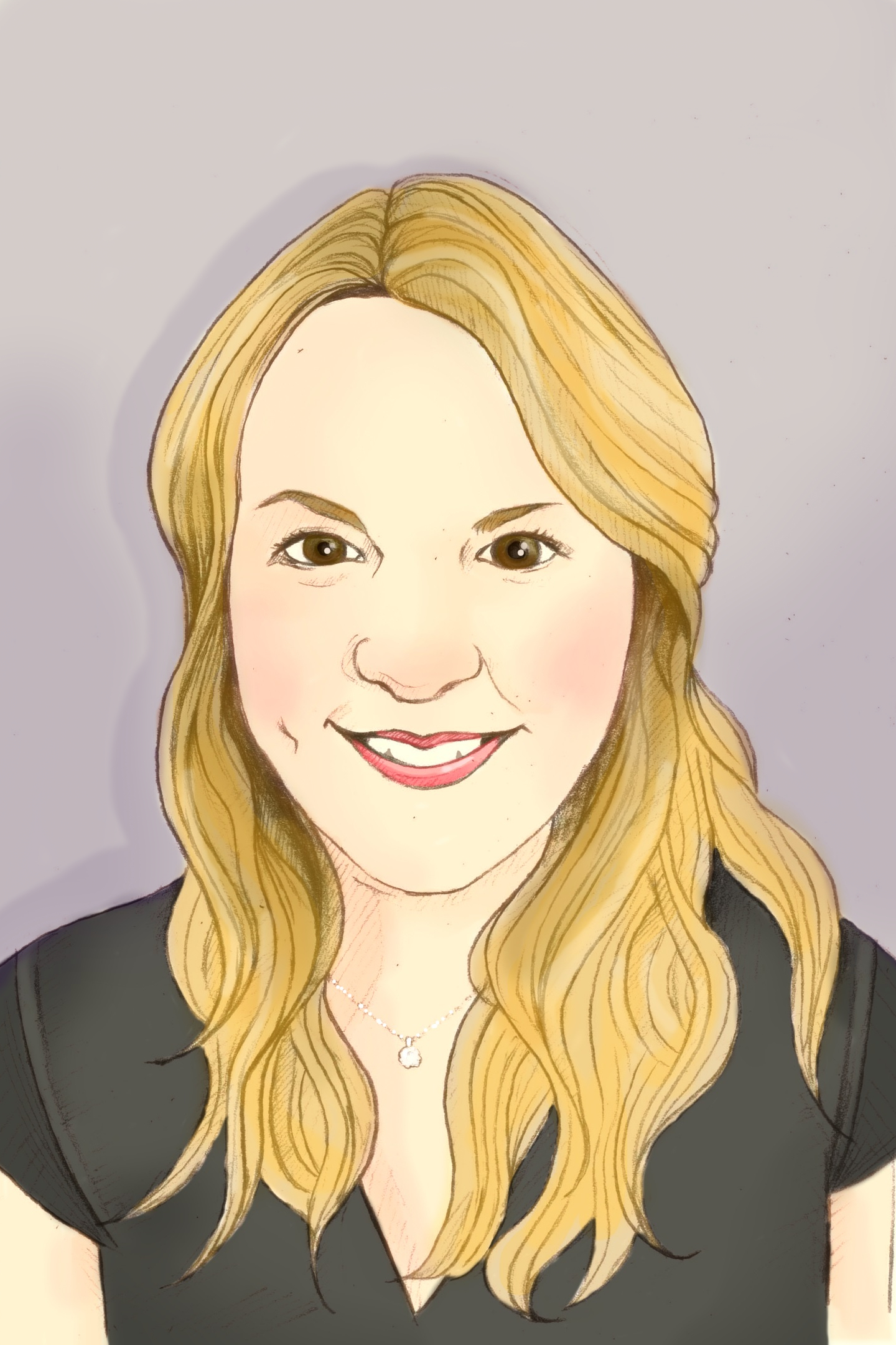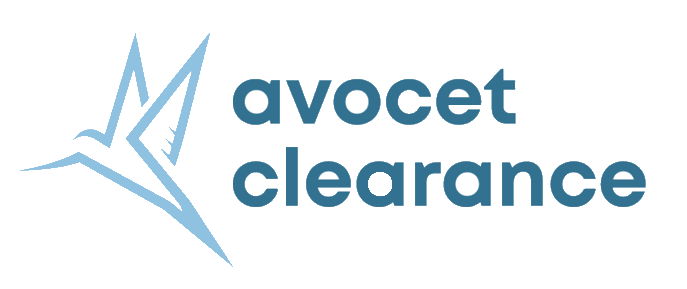MEET OUR CUSTOM CLEARANCE SPECIALISTS

James
co-Founder & commercial director
James has 20 years experience working with UK import and export customs declarations across all areas of the tariff. An expert in classification, origin and valuation with a background in commercial importing James brings a comprehensive knowledge in completing accurate customs declarations and enabling smooth custom clearances with HMRC.

holly
co-founder & operations director
Holly has worked in clearance and forwarding for over 20 years, more recently focusing on international trade strategy. Holly oversees the operations structure, staff training and works closely with clients to provide the best solutions.

Claire
consultant
Claire is experienced in completing entries and now helps onboard new clients and manages CHIEF entry testing and setup. Claire also manages our AEO compliant procedures and is responsible for regular entry auditing within our customs software, with a focus on maintaining high compliance levels and therefore reducing client risk.

